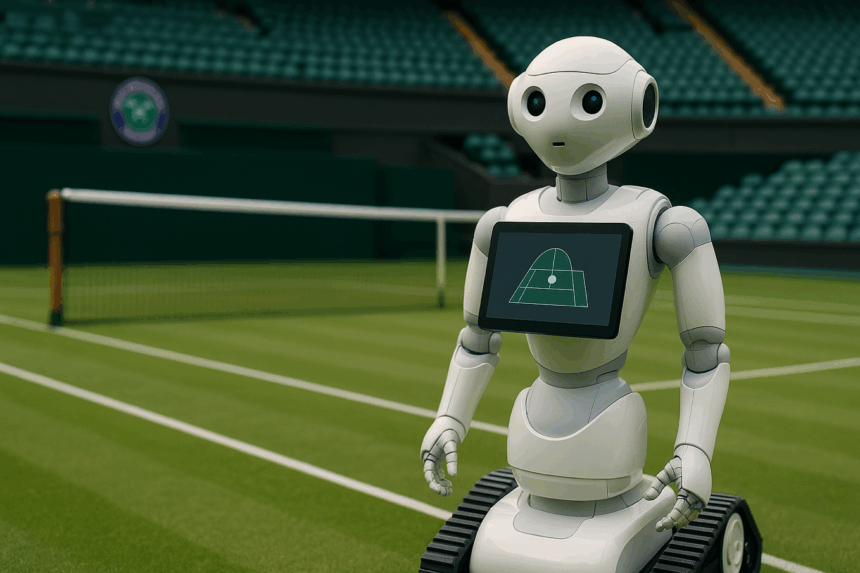Wimbledon breaks from its 147-year tradition by replacing line judges with an AI-powered system to call shots. This technology uses multiple cameras and advanced software to track the ball and instantly determine whether it’s in or out. While the move modernizes the game, it stirs mixed reactions from players and fans.
What’s Happening & Why This Matters
For the first time, Wimbledon has ditched the sharply dressed line judges who have been a fixture of the tournament since 1878. Instead, an AI-driven electronic line-calling system takes over, relying on footage from up to 18 cameras around the court to track the ball’s exact position. Developed by Sony-owned Hawk-Eye, this tech claims to detect an out ball within a tenth of a second, accurate to within three millimeters.

The system replaces the human call, although the umpire still has the final say. Wimbledon announced it would use different AI voices across courts to avoid confusion, though players like Yuan Yue expressed frustration that the electronic calls were too quiet. Former line judge Pauline Eyre noted that the voice sounded hesitant, saying it “sort of sounds like it isn’t sure.”
Some fans and commentators worry that removing human judges removes the game’s traditional theatrics. Meanwhile, stars such as Fabio Fognini and Carlos Alcaraz have voiced skepticism about the new system during early matches.
Wimbledon’s AI line calling is not unique. The U.S. Open and Australian Open also use Hawk-Eye technology. However, the French Open at Roland Garros continues to rely on human judges, valuing tradition over automation.

Beyond tennis, Hawk-Eye technology powers decisions in other sports like volleyball, football, and rugby, underscoring how AI increasingly influences competitive sports.
This innovation at Wimbledon blends technology with a historic event known for its strict traditions, including the all-white dress code and iconic strawberries and cream. How players and fans embrace the integration may change the future of officiating in tennis.
TF Summary: What’s Next
Wimbledon’s transition to AI for line calls continues the digital transformation of tennis and sports officiating. While it promises greater accuracy and faster decisions, player and fan acceptance will be key. Expect continued refinements in AI voice delivery and possibly wider adoption in other tournaments.
As AI technology advances, sports will increasingly rely on these systems, blending human judgment with machine precision to enhance fairness and excitement on the court.
— Text-to-Speech (TTS) provided by gspeech


